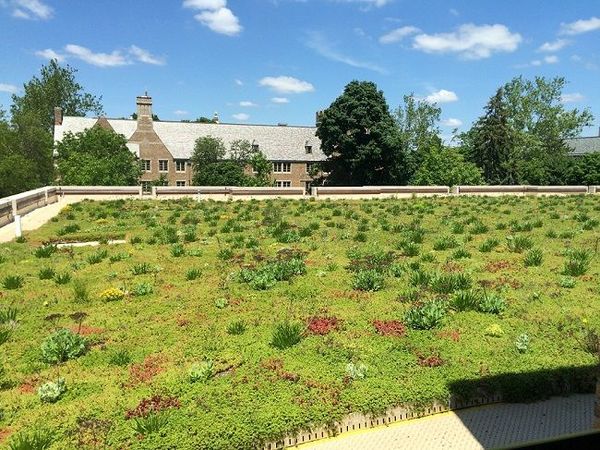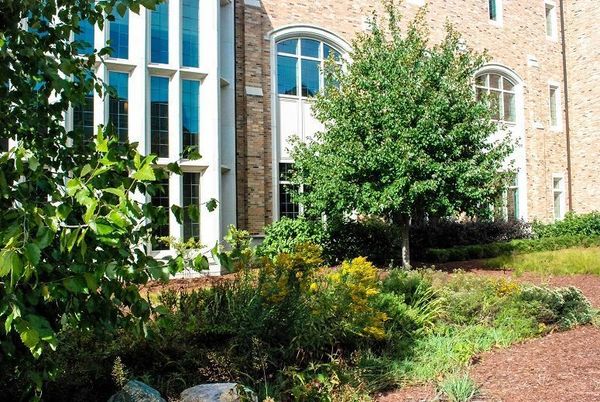
By Jack Mageria
You might not realize it, but the University of Notre Dame campus is a delicate ecosystem in itself. Two lakes, multiple forests, long sweeping lawns, and a golf course are a few of many features of the Notre Dame landscape. All of these things have one major thing in common: they all use water!
Most students are aware of the meticulous attention given to the campus grounds - manicured flowerbeds and slow, bumbling swarms of leaf blowers on game day weekends are evidence to this point. But many students aren’t aware of the measures taken to care for this campus’s most precious resource.

Notre Dame’s stormwater management program controls the water runoff when circumstances call for it, such as a large volume of melting snow or excessive rainfall. This runoff typically picks up chemicals, sediments, and other kinds of debris on its way back into the ecosystem, sometimes with pollutive consequences. For a campus with a lake so close to a large parking lot, it’s easy to see why management practices are important. Notre Dame’s program, which has recently received recognition from the Indiana Department of Environmental Management, has implemented many beneficial practices to protect the region’s watershed. These practices include use of organic fertilizer, hazardous material containment facilities, and public awareness campaigns.
Part of Notre Dame’s efficient allocation of storm water comes from the calculated use of rain gardens and filter strips - carefully placed pockets of vegetation that control runoff and remove pollution from flowing water. These features are good for the watershed and provide a pleasant, natural aesthetic for the campus. If you want to see an example of a rain garden, check out the garden in front of Stinson-Remick.
Another feature of the campus commitment to water management practices is the recently remodeled Morris Inn. In

addition to being a LEED-certified Gold building, it boasts the first green roof on campus. The roof is home to a large patch of vegetation that serves as a part of the storm water management system, but also claims other benefits. The green roof serves as a point of insulation and increases efficiency while improving air quality and reducing noise.
As with all community-based programs, the Notre Dame water management system needs the help and participation of the campus to be a success. Be sure to properly dispose of waste, especially those containing liquids, and watch out for labelling indicating that a grate or drain leads to local waterways. Beyond that, one of the best ways you can take care of your water supply is to be responsible with your personal water use. Take shorter showers, consolidate your laundry, and don’t buy disposable water bottles in bulk. More information can be found at green.nd.edu.